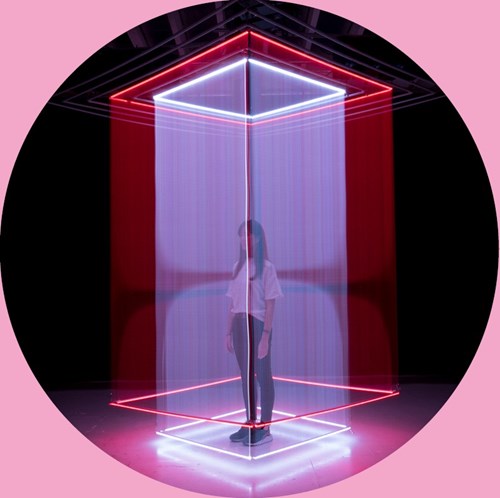
Sensorial Slime Therapy for Wellbeing & Reflection
Published 08 November 2022
Elspeth Taylor
As we predicted in our Look Ahead 2022 theme, Stirring Multisensory Indulgence, designers are delivering experiential and immersive exhibitions that provide sensory diversions to help boost people’s wellbeing. We explore recent installations that rely on slime’s tactile properties to soothe the mind and encourage personal reflection.
Sensorial Slime Therapy for Wellbeing & Reflection


Topics

Want to see the full report?
Offering access to over 350 consumer and cross-industry reports annually, Stylus Membership is your window to tomorrow’s most exciting opportunities.
We already arm more than 500 of the world’s most forward-thinking brands and agencies with the creative insights they need to make transformative business decisions.
We’d love to do the same for you.
Book a demo with us today to discover more.












